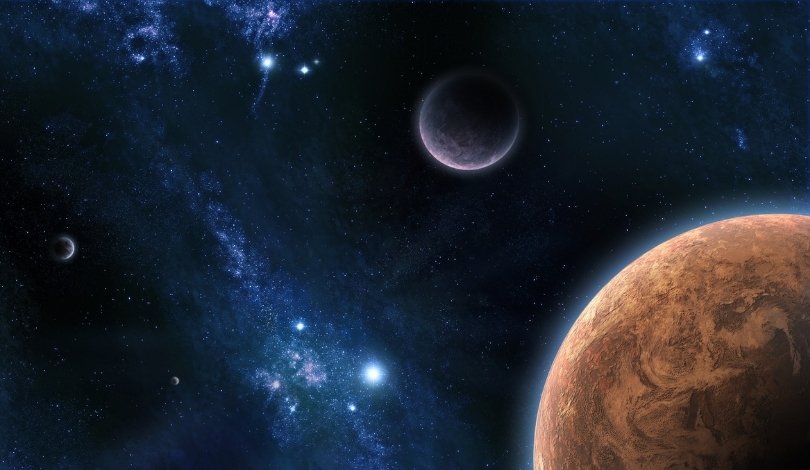Astronomers have made significant progress in observing the corona surrounding black holes, akin to the Sun‘s outer atmosphere. This milestone enhances our understanding of black hole dynamics and their interaction with surrounding matter. The study provides new insights into the intense environments near some of the universe’s most enigmatic objects.
Research previously struggled to detect black hole coronas due to their diffuse nature and overwhelming light from accretion disks. Earlier attempts lacked the sensitivity to distinctively observe scattered X-rays. This new study overcomes these challenges by utilizing advanced X-ray polarization data.
Analysis Methodology
The research team employed a technique similar to observing the Sun’s corona during a solar eclipse. By analyzing data from NASA’s Imaging X-ray Polarimetry Explorer (IPXE), they focused on obscured black holes where the accretion disk’s light is blocked, analogous to an eclipsed Sun. This method allowed the detection of high-energy X-rays scattered by surrounding material.
Key Findings
The study examined a dozen obscured black holes, including prominent ones like Cygnus X-1 and X-3 in the Milky Way, and LMG X-1 and X-3 in the Large Magellanic Cloud. The observations revealed that the corona of these black holes forms a disk shape rather than a spherical one, differing from the Sun’s corona. This disk-like corona emits billions of degrees in temperature, making it detectable through scattered X-rays.
Implications for Black Hole Models
These findings challenge existing models that liken black hole coronas to the Sun’s spherical corona. The disk-shaped corona suggests different mechanisms of energy emission and matter interaction around black holes. Understanding these structures is crucial for refining theories on how black holes consume matter and power active galactic nuclei (AGNs).
The ability to map black hole coronas more accurately will aid astronomers in developing more precise models of black hole behavior. This advancement not only deepens our comprehension of black hole environments but also enhances our knowledge of the fundamental processes governing some of the universe’s most powerful phenomena.
- Astronomers mapped disk-shaped coronas around black holes.
- NASA’s IPXE provided crucial X-ray polarization data.
- Findings refine models of black hole consumption and AGNs.










